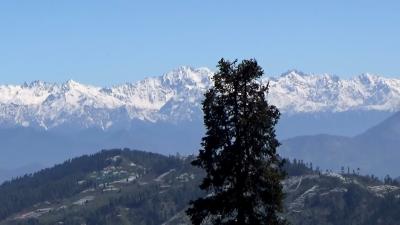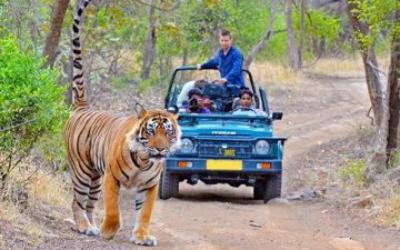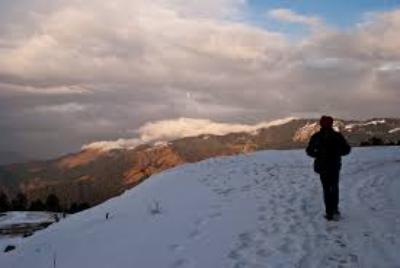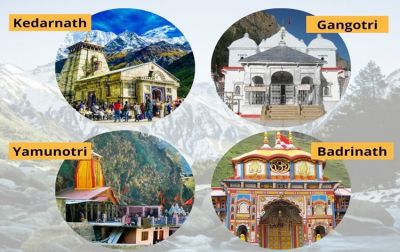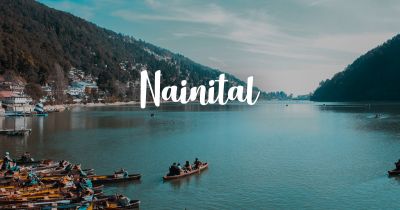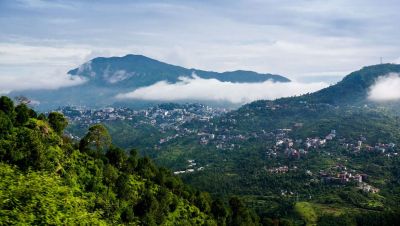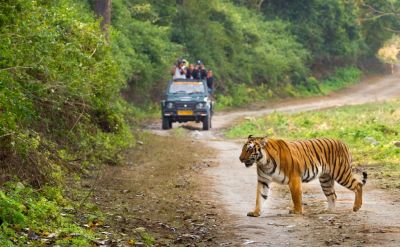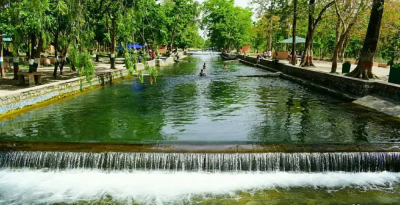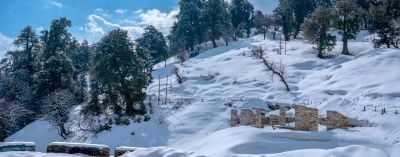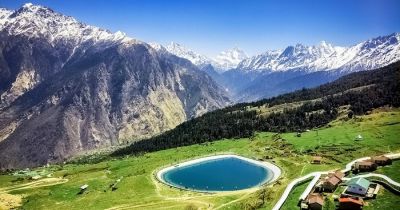Wildlife Corridors of Uttarakhand: Pathways of Biodiversity
Wildlife Corridors of Uttarakhand: Pathways of Biodiversity
Uttarakhand, the charming state tucked away in the lap of the Himalayas, is not only known for its breathtaking landscapes and vibrant culture but also for its rich biodiversity. Home to several National Parks and Wildlife Sanctuaries, Uttarakhand is a haven for wildlife enthusiasts and nature lovers. And among the many conservation efforts being undertaken in the state, the creation of wildlife corridors has emerged as a significant step towards preserving the diverse ecosystem.
What are Wildlife Corridors?
Wildlife corridors, often referred to as "ecological corridors" or "biological corridors," are stretchs of land that connect fragmented habitats and allow wildlife to move freely between them. These corridors are essential for maintaining genetic diversity, allowing for the migration and dispersal of various species, and reducing the risk of extinction due to habitat loss or climate change effects.
Uttarakhand, blessed with a variety of flora and fauna, recognizes the importance of wildlife corridors in maintaining the ecological balance. The state government has taken significant steps in identifying and establishing these corridors to ensure the uninterrupted movement of wildlife.
Wildlife Corridors in Uttarakhand
1. The Jim Corbett - Rajaji Corridor: This corridor connects two of Uttarakhand's most iconic national parks, Jim Corbett National Park and Rajaji National Park. Spanning over 550 square kilometers, this corridor provides a crucial pathway for elephants, tigers, and several other animal species to move between these protected areas, allowing for gene flow and maintaining healthy populations.
2. Kedarnath Wildlife Corridor: Located in the Garhwal Himalayas, the Kedarnath Wildlife Corridor connects the Kedarnath Wildlife Sanctuary and the Kedarnath Musk Deer Sanctuary. This corridor plays a vital role in the conservation of the endangered musk deer and facilitates the movement of other Himalayan wildlife species.
3. Askot - Musk Deer Corridor: Situated in the Pithoragarh district, this corridor connects the Askot Wildlife Sanctuary and the Musk Deer Sanctuary. It serves as a crucial passage for the rare musk deer, Himalayan black bear, and other wildlife species found in this region.
4. The Binsar - Nanda Devi Corridor: This corridor connects Binsar Wildlife Sanctuary with Nanda Devi Biosphere Reserve, a UNESCO World Heritage Site. Spanning around 500 square kilometers, this corridor is vital in conserving the biodiversity of the Western Himalayas, including snow leopards, Himalayan monal, and numerous plant species.
These are just a few examples of the wildlife corridors in Uttarakhand. The state boasts several other corridors that aim to connect different protected areas and ensure the free movement of wildlife.
Importance and Benefits of Wildlife Corridors
Wildlife corridors have numerous benefits for both animals and humans:
- Gene Flow: Corridors facilitate the exchange of genetic information between wildlife populations, allowing for healthy breeding and genetic diversity.
- Species Migration: Corridors enable the movement and migration of animal species, particularly during seasonal changes, ensuring that they have access to food, water, and suitable habitats.
- Habitat Expansion: Corridors connect fragmented habitats, effectively expanding the available living space for wildlife and reducing conflicts with humans.
- Ecosystem Balance: By allowing animals to move freely, wildlife corridors contribute to maintaining the delicate balance of ecosystems, ensuring the survival of various plant and animal species.
- Ecotourism and Economy: Wildlife corridors attract nature enthusiasts, researchers, and tourists, thereby boosting the local economy and promoting environmentally conscious tourism.
The Way Forward
While the establishment of wildlife corridors in Uttarakhand is a positive step towards conserving biodiversity, it is essential to ensure their proper implementation and maintenance. Regular monitoring, protection from human encroachments, and adequate provision of resources are crucial for the success of these corridors.
Furthermore, public awareness regarding the significance of wildlife corridors is integral to their long-term sustainability. Education and community involvement programs can help foster a sense of responsibility towards protecting these vital pathways of biodiversity.
The wildlife corridors of Uttarakhand, weaving through its majestic landscapes, not only safeguard the well-being of wildlife but also symbolize the harmonious coexistence of humans and nature. Let us cherish and support these ecological pathways as we explore the breathtaking beauty of Uttarakhand.
Conclusion
Uttarakhand's wildlife corridors are the lifelines that connect fragmented habitats and ensure the survival of numerous plant and animal species. These corridors foster genetic diversity, allow for species migration, and play a crucial role in maintaining the ecological balance. The state's commitment to creating and preserving these corridors is commendable and deserves our support. As responsible travelers, let us appreciate the significance of wildlife corridors and promote their sustainability while exploring the natural wonders of Uttarakhand.
Share this blog post and spread the word about the importance of wildlife corridors in Uttarakhand!
Disclaimer : The information provided in this blog is for general informational purposes only. While we strive to keep the content accurate and updated, TravelSetu assumes no liability for errors or omissions. If you believe any part of this blog infringes your rights or causes concern, please notify us immediately at info[at]travelsetu[dot]com so that appropriate action can be taken.

